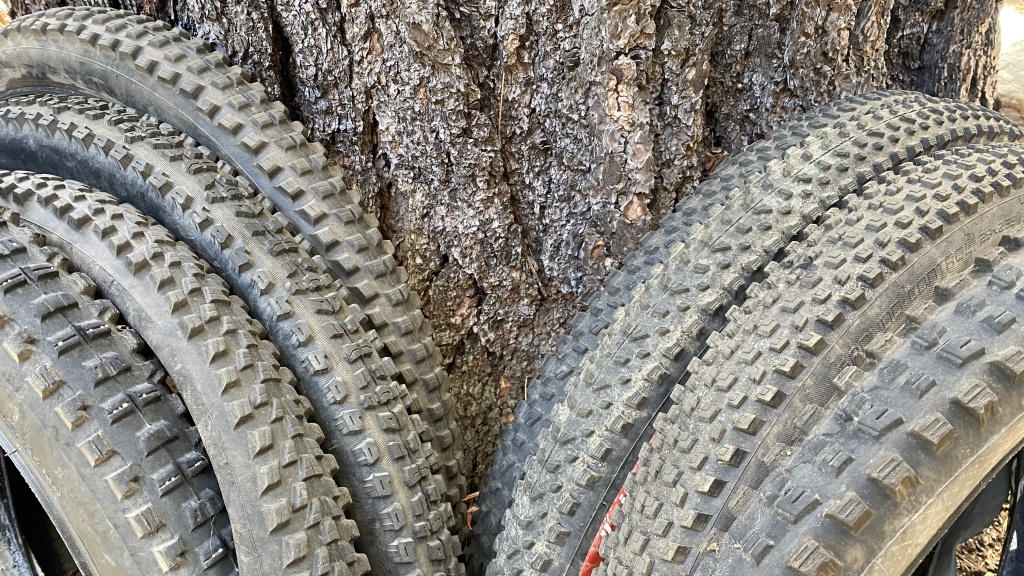All Categories
Featured
Table of Contents
The Michelin offered a comfy driving experience, characterised by receptive guiding and a modern understeer balance. Regardless of the cooler testing conditions, Michelin's consistent time and grip over three laps suggests its viability for real-world applications.
One more notable element was Yokohama's workout time. The tire's first lap was a second slower than the second, indicating a temperature-related grip boost. This suggests the Yokohama could shine in completely dry, race-like problems. For daily usage, the Michelin may be a much safer wager. Next off in line was the Hankook.
Honest Tyre Shop Services
It shared Michelin's secure understeer equilibrium yet did not have the latter's readiness to transform. Continental and Goodyear's performances were significant, with Continental's brand-new PremiumContact 7 revealing a substantial renovation in wet problems contrasted to its precursor, the PC6. This model was far much less sensitive to pack modifications and behaved a lot like the Michelin, albeit with a little less interaction at the limitation.
It incorporated the risk-free understeer balance of the Michelin and Continental with some stylish handling, showing both foreseeable and quick. As an all-rounder for this Golf GTI, Goodyear's Crooked range was the standout, demonstrating excellent performance in the damp. The Bridgestone Potenza Sporting activity took the crown as the fastest tire, albeit by a little margin.
Drivers looking for an exciting damp drive might find this tire worth considering. The standout performer in damp braking was the latest tire on examination, the PremiumContact 7, though the results are nuanced.
Leading Cheap Tyres
Preferably, we desired the cold temperature level examination to be at around 5-7C, however logistical delays implied we examined with an average air temperature level of 8C and water at 12C. While this was cooler than standard examination conditions, it was still warmer than real-world problems. The cozy temperature level test was done at approximately 18C air and 19C water.
The third run included wet braking examinations on used tires, specifically those machined down to 2mm with a tiny run-in. While we intended to do more with these used tires, climate constraints limited our screening. Nonetheless, it's worth keeping in mind that wet braking is most crucial at the worn state, as tires generally enhance in dry problems as they put on.
Bridgestone, Goodyear, and Michelin saw the least efficiency reduction when put on. The Hankook tyre signed up the tiniest efficiency drop as temperatures cooled down, but it was among the most impacted when worn.
Tyre Replacement – Lockridge WA
The take-home message here is that no single tyre mastered all aspects of damp braking, suggesting an intricate interplay of aspects affecting tire efficiency under various conditions. There was a standout tyre in aquaplaning, the Continental ended up top in both straight and curved aquaplaning, with the Michelin and Goodyear additionally great in deeper water.

Yokohama could benefit from slightly more grasp, a concern possibly influenced by the cooler problems. When it comes to handling, all tires executed within a 2% variety on the lap, demonstrating their top notch performance (Tyre rotation). Nevertheless, considering these tyres essentially target the exact same consumer, it's interesting to observe the substantial differences in feeling.
The shock is because the PremiumContact 6 was one of my favourites for flashy completely dry drives, but its successor, the PremiumContact 7, seems elder and looks like Michelin's performance. Among these, Hankook was the least specific in steering and communication at the limitation. Tyre shop. Both Michelin and Continental supplied charming first guiding, albeit not the fastest
If I were to suggest a tyre for a quick lap to a newbie, state my dad, it would be one of these. After that we have the 'fun' tires, particularly Yokohama and Bridgestone. Both were swift to guide and really felt sportier than the others, but the compromise is an extra playful back side, making them more difficult to manage.
Long-lasting Tyres Near Me – Lockridge 6054 WA
It provided comparable steering to Bridgestone however used far better responses at the limit and better hold. The Bridgestone Potenza Sport, however, seemed to break down fairly quickly after just 3 laps on this demanding circuit. There's Goodyear, which placed itself somewhere in between the enjoyable tyres and those tending in the direction of understeer.
All in all, these tyres are superb entertainers. In terms of tire wear, the technique made use of in this examination is what the industry refers to as the 'gold standard' of wear.
Both the Bridgestone and Yokohama tires dramatically underperformed in contrast to the various other four tyres in regards to rolling resistance, with Continental somewhat surpassing the remainder. Concerning the comfort level of the tires, as prepared for, the majority of showed an inverted relationship with handling. The Continental, Michelin, and Goodyear tyres performed best throughout various surface area kinds examined.

Bridgestone began to reveal indicators of firmness, while Yokohama was particularly jarring over fractures. We did gauge interior sound levels; nonetheless, as is often the case, the results were carefully matched, and as a result of weather restrictions, we were unable to conduct a subjective assessment of the tyres sound. We looked at abrasion numbers, which gauge the quantity of tire tread shed per kilometre, normalised to a one-tonne car.
Reliable Tyre Sales
This figure stands for the amount of rubber dust your tyres generate while driving. Michelin led in this category, generating over 9% much less rubber particle matter.
Latest Posts
Tyre Inspections Near Me (Beechboro WA)
Leading Tyre Installation Near Me – Stirling
Affordable Tyre Fitting Services Near Me